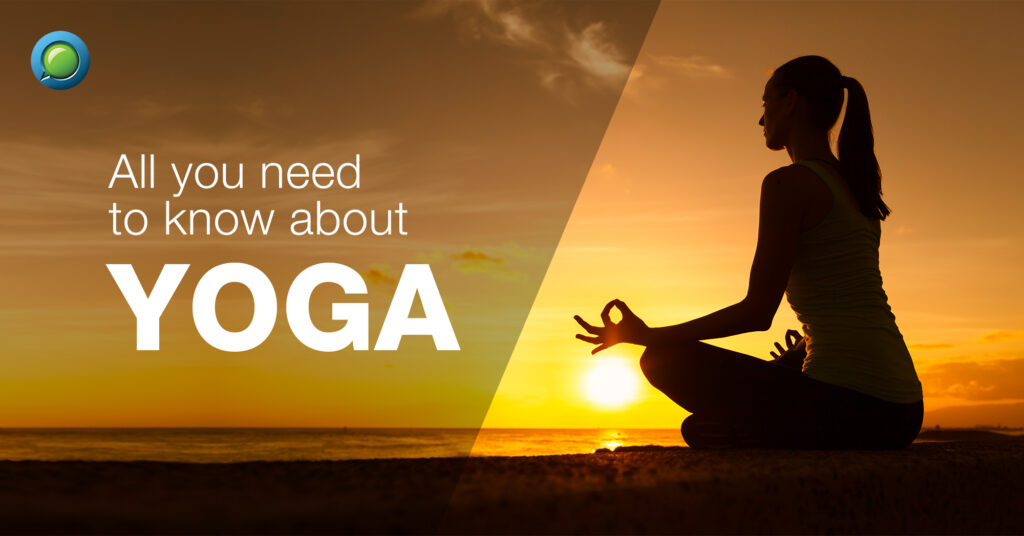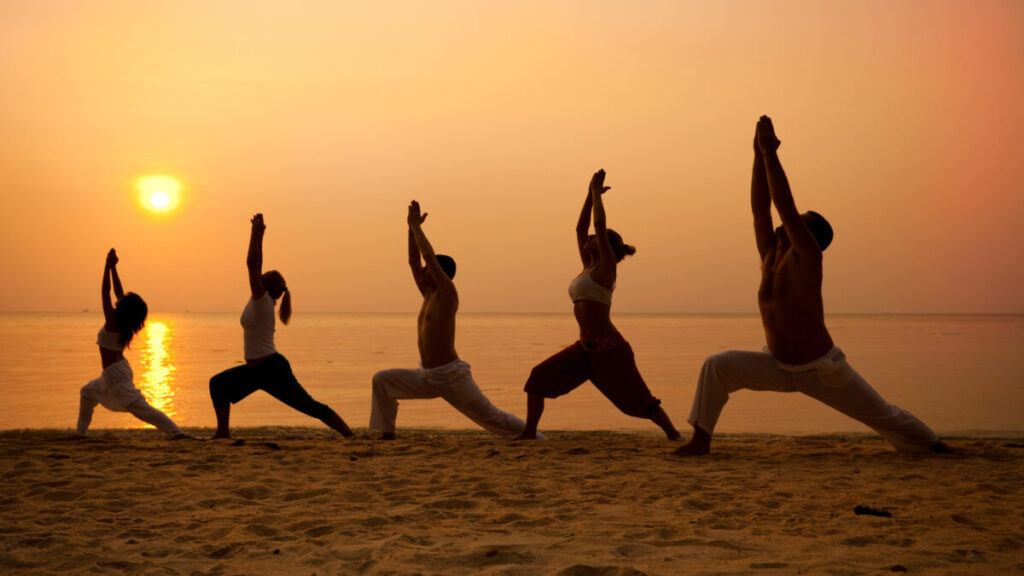The Comprehensive Guide to Yoga:
Introduction:
Yoga, an ancient discipline from India, dates back over 5,000 years. It includes diverse practices and philosophies designed to harmonize the mind, body, and spirit. This guide delves into yoga’s rich history, its various forms, and the benefits it provides.
Historical Origins of Yoga:
**Pre-Classical Yoga (Before 2,500 BCE)**
Indus Valley Civilization: Early indications of yoga practices are evident in seals showcasing figures in meditative poses.
Vedas: The ancient sacred texts of Hinduism highlight the practices of breath control and meditation.
**Classical Yoga (500 BCE – 800 CE)**
Upanishads: Philosophical scriptures that delve deeper into Vedic principles, presenting concepts of self-realization and the art of meditation.
Bhagavad Gita: A seminal scripture outlining diverse paths of yoga such as Bhakti (devotion), Jnana (knowledge), and Karma (action).
Patanjali’s Yoga Sutras: Composed by Sage Patanjali, this text methodically details the eight limbs of yoga (Ashtanga), establishing the core of classical yoga.
. **Post-Classical Yoga (800 CE – 1700 CE)**
Hatha Yoga Pradipika: Authored by Swami Swatmarama, this text delves into physical postures (asanas), breath regulation (pranayama), and cleansing practices (kriyas).
**Modern Yoga (1700 CE – Present)**
Swami Vivekananda: Brought yoga to the Western world in the late 19th and early 20th centuries.
T. Krishnamacharya: Known as the father of modern yoga, he revitalized Hatha yoga and mentored numerous influential instructors.
Yoga in the West: Yoga gained global popularity, with various styles and schools evolving, adapting traditional practices to modern needs.

Types of Yoga:
Hatha Yoga: Emphasizes physical postures (asanas) and breath control (pranayama) to ready the body for meditation.
Vinyasa Yoga: A dynamic practice that harmonizes movement and breath, commonly known as “flow” yoga.
Ashtanga Yoga: A disciplined and demanding practice featuring a fixed series of postures.
Iyengar Yoga: Focuses on precision and alignment, incorporating props such as blocks and straps.
Bikram Yoga: Known as hot yoga, it is practiced in a heated room following a set sequence of 26 poses.
Kundalini Yoga: Aims to awaken the kundalini energy using a combination of postures, breathwork, and chanting.
Restorative Yoga: Features gentle, passive stretches and extended holds to encourage profound relaxation.
Yin Yoga: Focuses on deep connective tissues and fascia with extended, passive poses.
Power Yoga: A dynamic and fitness-oriented style of vinyasa yoga.
Benefits of Yoga
**Physical Benefits**
Enhanced Flexibility: Consistent practice boosts muscle flexibility and expands joint range of motion.
Increased Strength: Yoga postures cultivate muscle power and stamina.
Posture: Awareness of body alignment promotes better posture.
Enhanced Balance: Balancing poses improve stability and coordination
Pain Relief: Provides relief for chronic conditions like back pain and arthritis
**Mental Benefits**
Stress Reduction: Encourages relaxation and alleviates stress through controlled breathing and meditation techniques.
Enhanced Focus: Elevates concentration and mental clarity.
Emotional Stability: Aids in regulating emotions and promoting tranquility
Better Sleep: Enhances restful sleep using relaxation methods.

**Spiritual Benefits**
Self-Realization: Enables a profound connection with oneself and the cosmos.
Inner Peace: Fosters inner calm and satisfaction
Mindfulness: Promotes being fully present and engaged in the current moment.
Modern Yoga Practices:
Yoga Studios: Provide diverse classes catering to all skill levels, frequently blending traditional practices with contemporary fitness trends.
Online Classes: Convenient platforms offer a diverse selection of yoga sessions that you can enjoy from the comfort of your home.
Yoga Retreats: Deep, immersive journeys blending yoga practice with relaxation and spiritual discovery.
Therapeutic Yoga: Customized to target particular health issues and support recovery.
Corporate Yoga: Brought into workplaces to enhance employee well-being and boost productivity.
Conclusion:
Yoga is a versatile practice that delivers a wide range of physical, mental, and spiritual benefits. With origins tracing back to ancient times, yoga has continually adapted and remains pertinent in our fast-paced modern world. Whether you aim for increased flexibility, enhanced strength, mental clarity, or spiritual development, yoga offers a holistic path to overall well-being.
